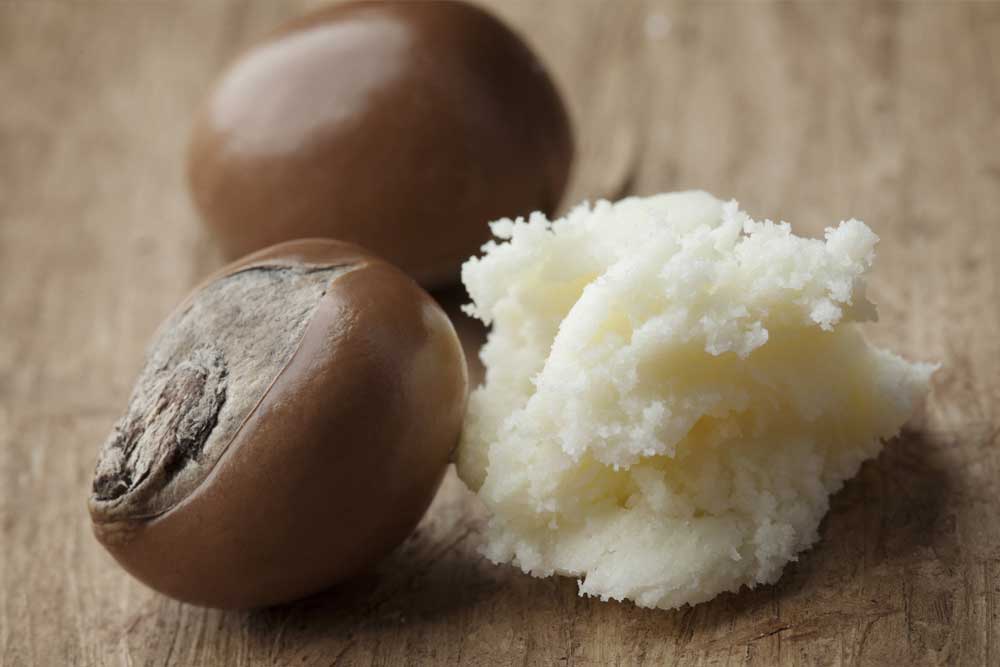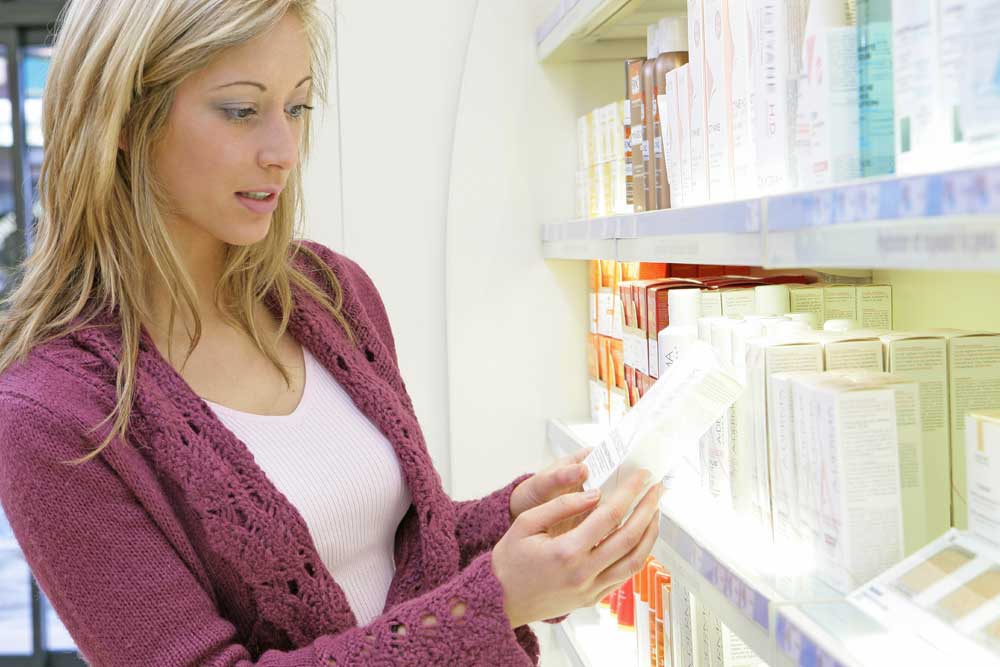Whenever we read lists of chemicals to be wary of in personal care products (like this one from Mind Body Green), there’s one ingredient that comes up again and again: parabens. Parabens are such a common ingredient that we decided to focus a little more on what they are and how they can affect you and your family. Read on to learn everything you need to know about parabens.
What are Parabens?
You know that if you leave food on the counter overnight, it’s likely not safe to eat the next morning. Personal products work much the same way. Like food, they can become contaminated by microorganisms or damaged by exposure to oxygen. Contaminated products can lead to irritation or infection, especially if used around the eyes. Manufacturers of cosmetics and skin care products turn to preservatives to prevent this type of spoilage.
Parabens are one of the most commonly used preservatives in today’s mainstream skincare products. For over 60 years this class of preservative has been used to prevent bacteria, fungus, and other microbes from growing in a huge variety of personal care items. While the FDA has determined that limited exposure to parabens is safe, the fact that so many different products rely on this ingredient could expose you to levels outside of these limits.
Why Companies Use Parabens?
Manufacturers turn to parabens for a number of reasons. First, they are an effective way to prevent the growth of microorganisms. This gives products a much longer shelf life and helps to make sure that spoilage or contamination doesn’t cause dangerous issues.
Parabens aren’t the only way to preserve personal care products. They are, however, one of the cheapest. This leads to the second reason why manufacturers love to use this ingredient: they don’t cost very much to produce. Lower production costs does make it easier for consumers to access low-cost beauty and personal care items, but this accessibility also increases the risk of overexposure.
Why are Parabens a Problem?
If parabens are used to help prevent the growth of dangerous microorganisms, that’s a good thing, right? Unfortunately, that doesn’t seem to be all that they do. Parabens are considered xenoestorgens, which means they are substances that mimic estrogen, a hormone naturally produced by the body. An influx in estrogen levels beyond the body’s normal needs has been associated with increasing cell division in the breasts and tumor growth.
A study published in the Journal of Applied Toxicology in 2004 tracked the presence of parabens in breast tumors. Of the 20 women studied, 19 carried traces of parabens. These parabens were found intact and unaltered by the body’s metabolism, which suggests that they are able to penetrate the skin and remain as is in breast tissue.
While this study is certainly very troubling, it’s important to also understand what it doesn’t show. Just because parabens were present in tumors doesn’t mean they were the cause of the tumors. Additionally, the study did not examine non-cancerous tissue for parabens to determine if they were equally present in healthy tissue.
All in all, there is simply not enough evidence to support the idea that parabens cause breast cancer. However, research is ongoing, and other studies suggest that these substances are linked to neurological, reproductive, immunological, and skin irritation issues. The European Union found this evidence troubling enough to ban the use of parabens in 2012, and advocates in the United States are pressuring the FDA to do the same. Until then, however, it’s up to you to decide whether or not you want to expose yourself to this ingredient.
Spotting Parabens
Parabens are used in a huge variety of personal care products. You’re likely to find them in toothpastes, shampoos, body lotions, cosmetics, conditioners, deodorants, and more. If you’re interested in cutting back on your paraben exposure, keeping an eye on your labels is a great way to start.
Cosmetics manufacturers list the ingredients used in their products on their labels. Reading through these labels before making a purchase can help you avoid ingredients you’re uncomfortable with, including parabens. There are six types of parabens that are most often used in cosmetics and personal care products: benzylparaben, butylparaben, ethylparaben, isobutylparaben, methylparaben, and propylparaben. If a label lists any of these ingredients, the product is not paraben-free.
How to Avoid Parabens

Fortunately, it’s not difficult to find personal care products that don’t include parabens. Take a stroll down any cosmetics aisle and you’re likely to find many products that are labelled “paraben-free.” While you won’t find parabens in these products, that doesn’t mean they’re free of other potentially harmful ingredients. Regulations on products labelled “natural” and “organic” are very lax, so it’s important to do your own research before making a purchase.
If you’re not finding the paraben-free products you need at the store, or if you like the idea of creating customized personal care products, consider making your own. Use our organic shea butter as a base for sumptuous, indulgent, and safe skin care products for you and your family. You’ll rest easier knowing exactly what’s in each product, and besides: creating your own lotions, creams, and body butters is rewarding and fun.
Parabens are a tricky ingredient, but fortunately they’re easy to avoid. With a few changes in your personal care routine, you can easily live free of this common and potentially harmful substance.


